The 5 stages of Inception – explained from the cast’s point-of-view as the various dream layers – serve as the stage for director Christopher Nolan’s monumental sci-fi blockbuster. Inception remains a celebrated modern classic and a landmark in terms of visual and storytelling ambition. Inception‘s ending remains one of the most hotly-discussed movie endings of all time, and that is very much thanks to the complex design of the narrative, which echoes Nolan’s own dream landscape.
Inception’s dream heist has five dream levels, each key to convincing Cillian Murphy’s Fischer – the mark – that he must break up his father’s company, to the benefit of Saito (Ken Wattanabe), the rival businessman who employs Leonardo DiCaprio’s Cobb and his team. Only some of the levels are planned as part of the heist, with the dangerous Limbo becoming arguably the most important to the movie’s ending.
Reality
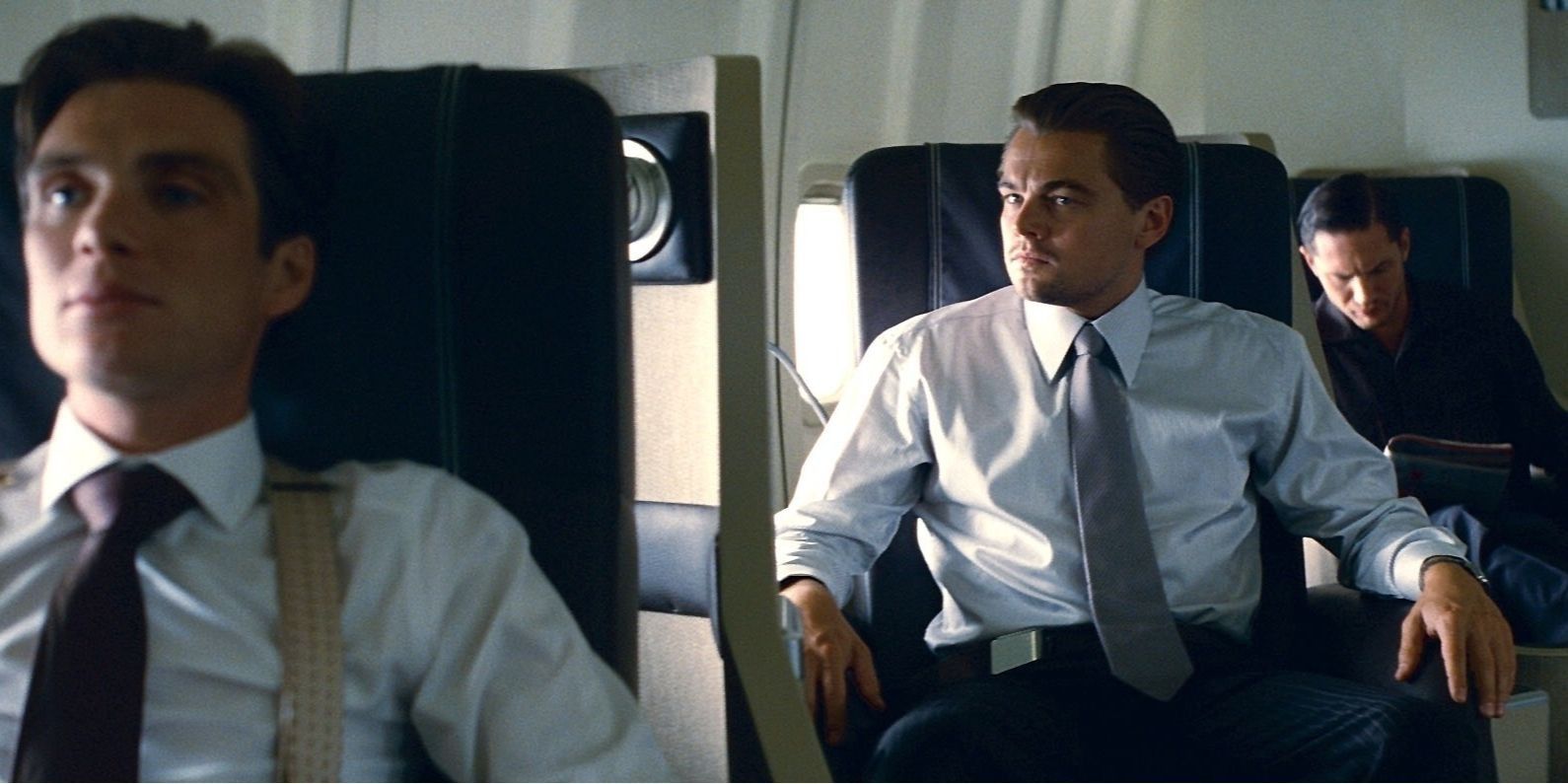
To differentiate dreams from reality – the first of the 5 stages of Inception – Cobb and his team use totems – unique items that no one else’s dream could possibly recreate in exact detail. Thanks to this handy mechanic, the audience can be sure Inception‘s ambitious heist begins in the real world. Using his wealth and influence, Saito engineers a situation whereby Robert Fischer must fly first class instead of taking his usual private plane. Cobb’s gang occupy the seats around him and bring an air hostess in on the con. Fischer is a slipped a sedative and all seven hook up to the shared dreaming apparatus.
Over the past decade, film fans have repeatedly argued over whether Cobb is still dreaming in Inception‘s ending or not, with Christopher Nolan giving absolutely nothing away. Inception only shows Cobb waking up on the plane finally reuniting with his children, infamously ending before revealing whether his spinning top totem ever stopped twirling. If Cobb is still dreaming, then Inception‘s final glimpse of reality comes when the six thieves and Fischer simultaneously hit their complimentary airline pillows. In an alternate timeline, Arthur and the others would’ve awoken from a successful mission, and are forced to either leave a slumbering Cobb on the jet, or smuggle the sleepyhead through immigration.
Level 1: Raining City
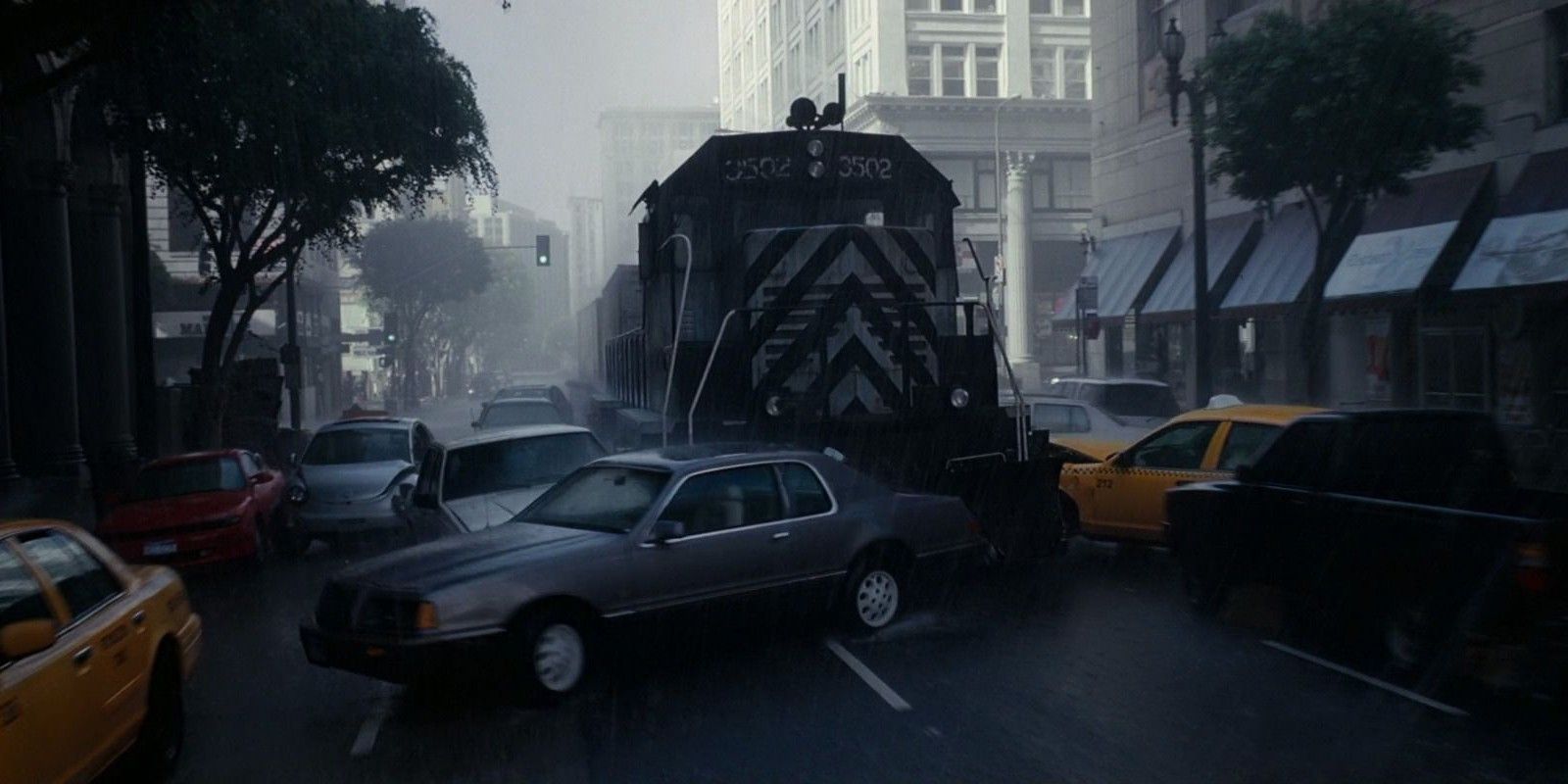
The opening level of Inception‘s dream takes the form of a sprawling city – the first dream, but the second of the 5 stages of Inception. As with all three levels, the layout has been designed by Ariadne, who taught each team member her designs before the mission began. Curiously, the hidden meaning of Ariadne’s name in Inception is from Greek mythology – Ariadne helped Theseus find his way out of the Minotaur’s labyrinth with a ball of string, not unlike Ariadne’s purpose in the mission. While Ariadne is a newcomer, everyone else already know their way around the dreams, except for Fischer (who’s the mark). The dreamer of this city is Yusef, and because the chemist needs to pee, the weather is rainy.
To successfully execute inception, Cobb can’t simply tell Fischer to break up his father’s company – the idea needs to grow organically in the target’s mind. Consequently, the purpose of Level 1 is gently introducing the core concept Saito has requested. Eames impersonates Fischer’s Uncle Peter, the one trusted figure in his life, and reveals a secret last will and testament residing in a safe that can disassemble the company if Fischer so chooses. Proving why he’s essential to Cobb’s Inception team, Eames then drops the suggestion that Fischer’s father did love him, setting up reconciliation in a later level. The second will is a complete fabrication by Cobb’s group. During the interrogation, Fischer is also forced to generate a random 6-digit number that will act as the password to this imaginary safe on Level 3.
The city level doesn’t completely go to plan. Like many rich folks, Fischer’s mind has been trained to detect and defend against infiltration, which manifests as armed soldiers following Cobb’s group wherever they go, and Saito is hit in the firefight. To make matters worse, Mal (or, more accurately, the guilty projection of Mal in Cobb’s subconscious) is already wreaking havoc, sending a freight train to attack the invaders.
When the city part of the heist is done, Fischer is sedated again (within the dream) and everyone apart from Yusef (he’s needed to keep the city level active) plugs into another shared dreaming machine. There is no machine, of course, but the process takes everyone down to the next layer. When it’s time to exit, Yusef will play music to count down the upcoming kick, then drive off a bridge to jump everyone out of Level 2.
Level 2: The Hotel
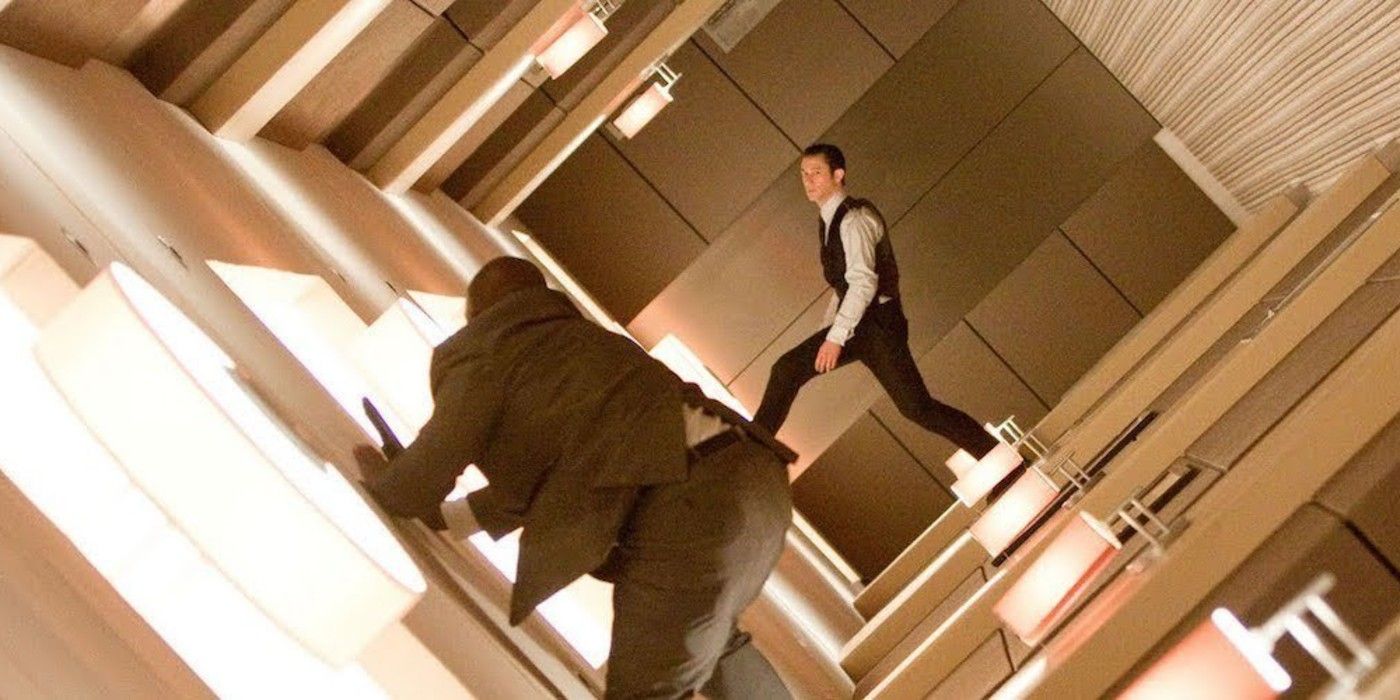
The second layer takes place in a fancy hotel, with Joseph Gordon-Levitt’s Arthur the dreamer on this occasion. Facing unexpected resistance from Fischer’s projections, Cobb wheels out the risky Mr. Charles stratagem. This particular ploy involves Cobb putting on the facade of “Mr. Charles” and pretending to be in charge of Fischer’s mental security. Level 2 is where Inception‘s zero-gravity corridor fight scene takes place, the overall third of the 5 stages of Inception‘s main heist. Cobb tells the businessman he’s dreaming to earn his trust and plays the role of a projection designed to keep Fischer safe. The tactic works and Fischer comes to trust Cobb’s team, mistakenly believing them to be part of his inner security system.
The point of Level 2 is to convince Fischer that the rainy city is reality and that his dad’s secret will might not be so bad. Cobb leads Fischer to the “enemy’s” room, with Eames pretending to be Uncle Peter again, framing Fischer’s godfather as a traitor. Eames (as Uncle Peter) tells Fischer that the will is a challenge, taunting the son to create something of his own instead of following his father. Eames even hints that Fischer could build a better company if he started afresh, which in turn hints at the real hidden meaning of Inception – the reframing of reality. Fischer is now starting to believe that forging his own path could be good. Finally, Cobb tells Fischer that the only way to know what Peter had planned is to enter his dream. Fischer willingly plugs in and the others follow, leaving behind Arthur this time.
At each level of the dream, the time dilation multiplies. The exact formula is difficult to decipher, but 10 seconds on the city level is 3 minutes for the hotel, which translates to an hour down on Level 3. Because of this, Yusef starts his kick before Arthur is ready, and drives off the bridge on Level 1. Originally, Arthur’s hotel kick was going to be an explosion that drops his sleeping allies from the fifth floor into the room below, but with Yusef’s van in freefall, Level 2’s gravity has been lost. Improvising a way out of Inception‘s Level 2/Arthur’s dream, Arthur rigs the hotel elevator with bombs to provide a kick instead, then relies on the van from Level 1 hitting water to provide another makeshift kick.
Level 3: Snow Fortress Hospital
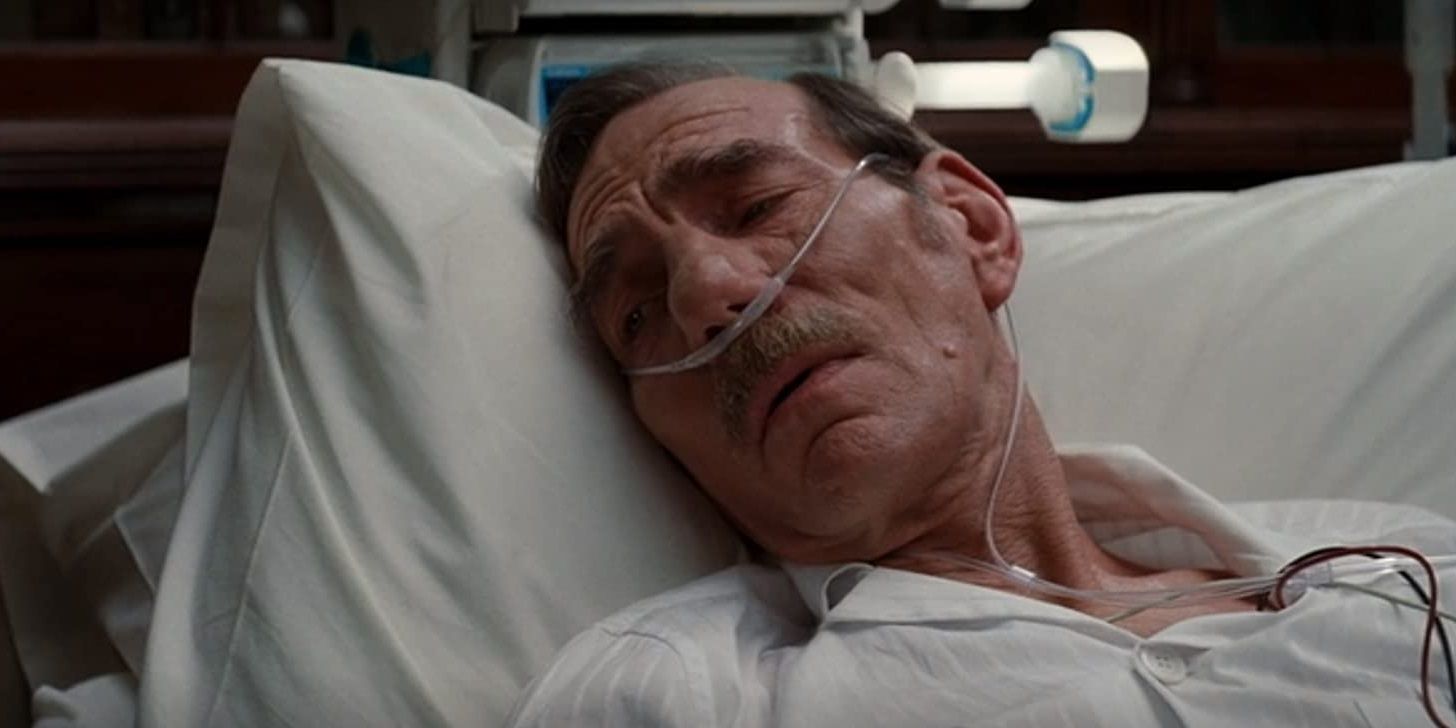
The last of the three dream layers that Ariadne designed is generated by Tom Hardy’s Eames, and comprises a snow-covered hospital guarded like a fortress. A projection of Robert’s father lies inside next to the safe containing his fabled secret will. In Level 3, the fourth of the 5 stages of Inception, Fischer believes he must discover what’s inside to understand Uncle Peter’s plot against him. Cobb’s gang want him to reach the center of the maze because that’s where the actual inception will finally happen. After fighting off more tenacious opposition, Fischer enters the well-guarded room containing a projection of his dying father.
This strangely underrated scene from the movie is actually central to how Inception changed contemporary sci-fi movies, as it serves as the final proof of the possibility of the act of inception if the sci-fi dream-sharing technology was real. A character entirely crafted by Eames, old man Fischer tells Robert Fischer that he was only ever disappointed that his son never tried to be his own man, and gestures to open the safe at his bedside. Not only does the locker contain the second will (which Fischer now thinks was written with love, not malice), but there’s also a paper windmill. This toy comes from the one wholesome childhood memory Fischer has of his father – a memory his dream self carries a photograph of at each level.
Fischer finds solace and catharsis in his father’s words, and this harks back to Cobb’s suggestion during an earlier scene. In order to make Saito’s idea grow naturally in Fischer’s mind, it must be attached to strong emotions. Inception‘s dream-sharing technology is truly compelling because of what the team sought to do. While the gang could’ve played on the rift between father and son, Cobb believed positive emotions would be more effective. Therefore, the purpose of the hospital level is to give Fischer a subconscious sense of healing around breaking up his father’s empire.
Upon waking in reality, Fischer won’t suddenly start believing a second will exists, but he’ll begin to question whether he really wants to live in his father’s shadow until the idea eventually becomes impossible to ignore. Subconsciously, he’ll believe the act will bring the same sense of catharsis he experienced on Level 3 and he’ll believe the idea was his own. The fortress kick is simple enough – blow it up.
Limbo
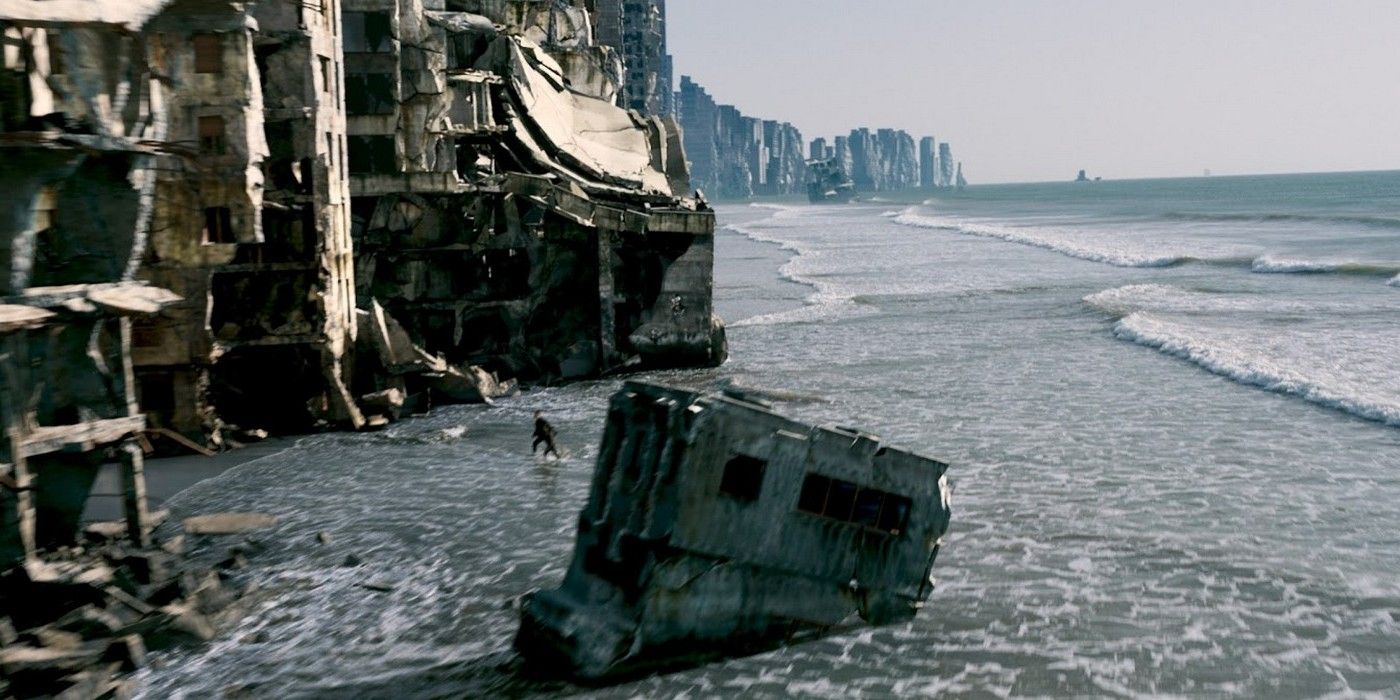
Limbo is the last of the 5 stages of Inception. With enough sedation, digging deeper through the levels will lead into “raw subconscious.” Symbolizing the long 9 years Christopher Nolan needed to make Inception, Limbo is an unpredictable dream level. Any of the dreamers can alter it, and if a member of the group has already visited, the remains of their Limbo will still be present. So appealing is the freedom and creativity Limbo offers, it becomes virtually impossible to distinguish reality from illusion, and the time dilation is so extreme, decades pass in a fraction of real-time.
Initially, Cobb refused to know Ariadne’s layouts, hoping to prevent his subconscious projection of Mal from wrecking things, but as time gets tight on Level 3, Ariadne is forced to reveal a secret path. Mal kills Fischer, while Saito succumbs to his wound from Level 1, consigning both men to Limbo. Ariadne and Cobb voluntarily descend there to retrieve them.
Once Cobb finally lets go of his guilt, “Mal” releases Fischer, allowing Ariadne and the businessman to kick back up to Level 3. Before the ending of Inception, Cobb tracks down Saito, who has since become an old man due to the slow passage of time this deep in dreamland. As Inception warned would happen, Saito has no grasp of what’s real in Limbo, but Cobb’s familiar words trigger a realization. The Japanese entrepreneur glances towards the gun, suggesting both men shoot themselves in Limbo and are returned to Inception‘s reality… probably.
What Christopher Nolan Says On The Importance Of Inception’s Stages
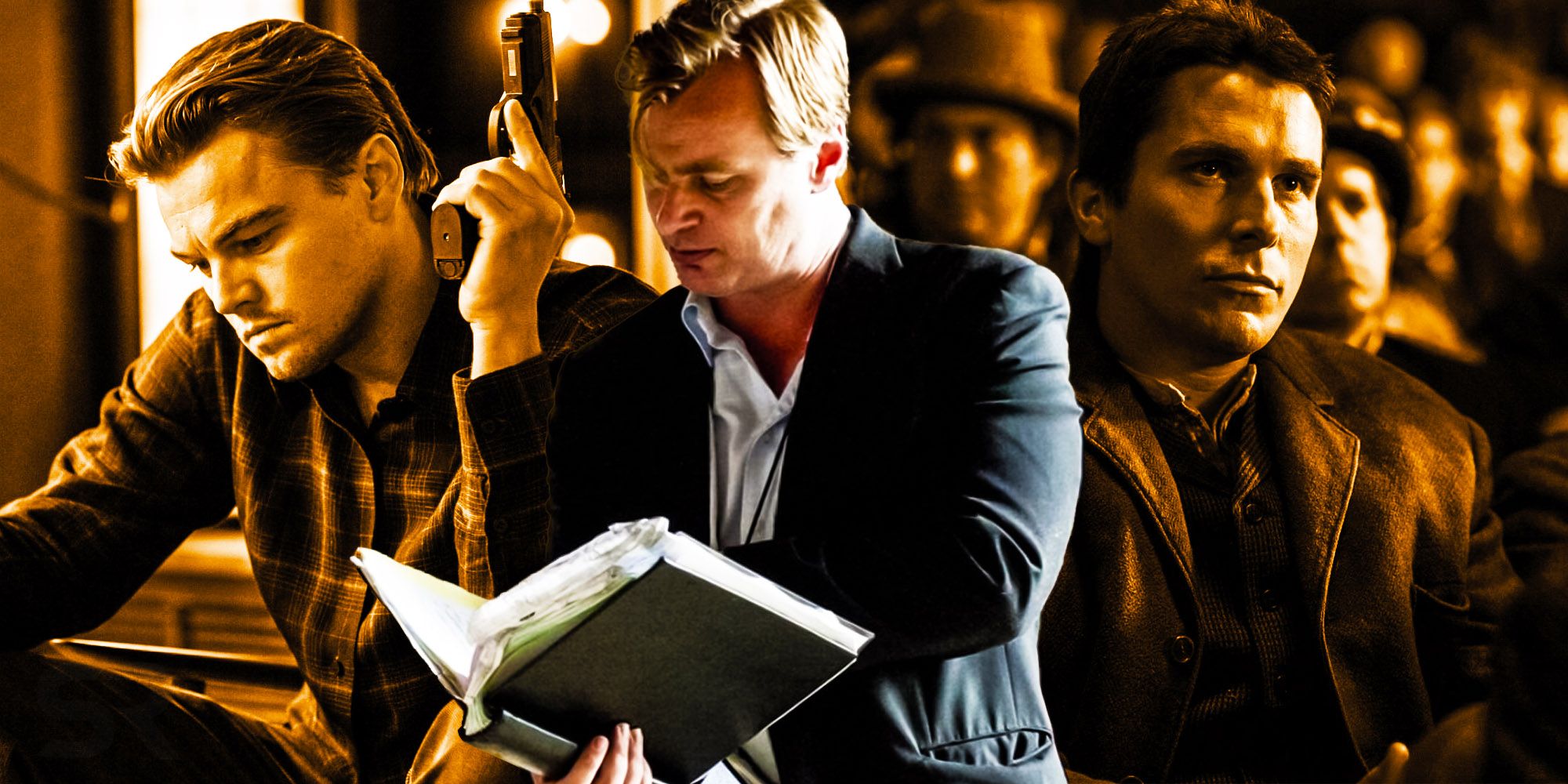
For Inception director, Christopher Nolan, the 5 stages of Inception were crucial to his core intent of telling a multi-layered narrative – moving at different speeds – without audiences in theaters getting confused. The stark differences between each stage or dream layer’s color palette, apart from giving Inception its distinct look, also served to make distinguishing scenes between levels easier for viewers. As Nolan explained (via Wired), “We wanted to have the distinctions there in the design and the feel, so I wrote it into the script. It’s raining in level one, it’s a night-interior in level two, and it’s an exterior with snow in level three. Even if you’re cutting to a close-up of Yusuf in the van in level one, you know where you are because the rain is there.”
Fleshing out the levels of reality in Inception entailed shooting in six countries and massive practical effects sets, which definitely played a huge role in why the movie is considered to be among the top ranks of Christopher Nolan’s movies. Indeed, as Nolan said in HBO’s First Look, which is about the making of Inception, “As soon as you’re entering into the idea of what can the human mind conceive of, you want to see this on a grand scale.” In the end, the 5 stages of Inception achieved this and so much more, most notably as the backdrop to a story that forever changed viewers’ expectations for heist and sci-fi blockbusters.




